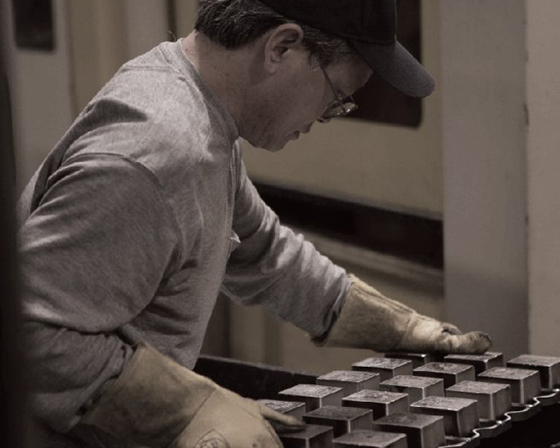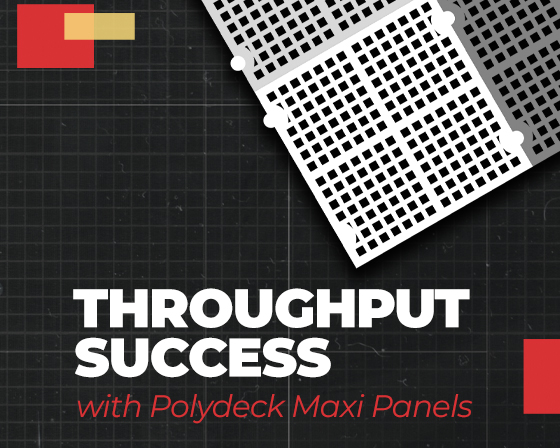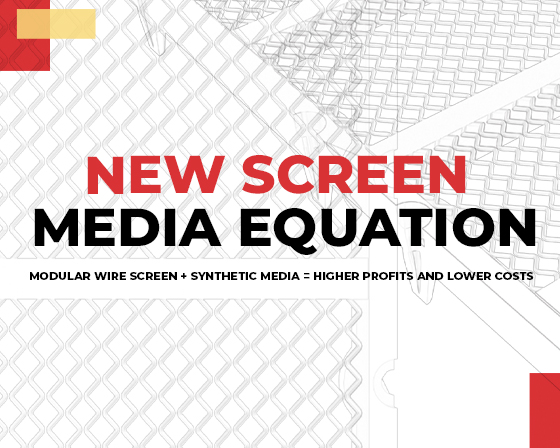January 12, 2021
The future (and fate) of the coal industry hinges on constant innovation and the adoption of smarter, more efficient ways of doing business. Industry Expert, Ron […]
January 11, 2021
Necessity is the mother of invention. In fact, that’s how Polydeck was born, when Manfred Freissle saw the necessity for something that functions better than wire […]
January 11, 2021
It’s easy to be complacent with screen media solutions that require downtime for cleaning and replacement. Improve your throughput, reduced downtime and increased production with the […]
January 11, 2021
When you eliminate top-deck bottlenecks, you increase production capacity and put more saleable product on the ground. Read about how Polydeck assisted with a higher level […]
January 11, 2021
Vicdom Sand & Gravel takes a chance on a conversion and reaps big rewards including huge savings and reduced downtime in washing application.




